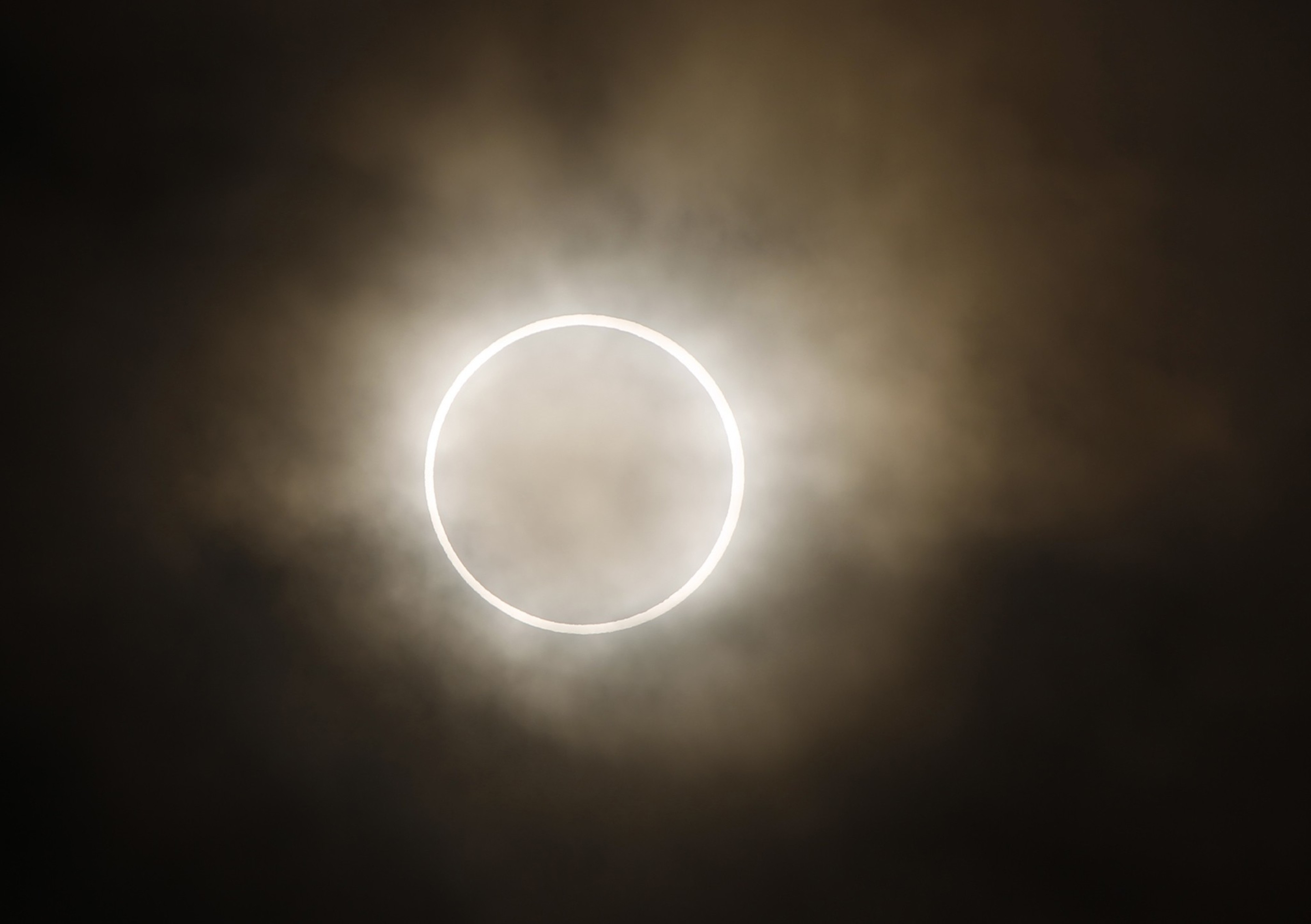A “ring of fire” solar eclipse will be visible across parts of the U.S. on Saturday morning—including San Francisco. But thanks to a dreary, drizzly forecast ahead for city skies, you might miss out on the annular celestial event.
San Francisco and North Bay skies are likely to see some rainfall and clouds while the annular, meaning ring-shaped, eclipse is visible, according to the National Weather Service (NWS) (opens in new tab).
“Right now, we’re not expecting a lot of clear skies for Saturday morning in the Bay Area. We are seeing a chance for rain actually,” NWS meteorologist Dial Hoang told The Standard on Wednesday. “We have a weak cold front passing through.”
Hoang said the front could bring rain up to about a quarter-inch or more in parts of the North Bay, with San Francisco expected to receive a few hundredths of an inch. This means cloud cover could be thicker and heavier along the coast but ease slightly for inland areas.

From Wednesday to Friday, a high-pressure system will build over the Bay Area, warming temperatures up from earlier this week to highs around the upper 70s to lower 80s inland, to the upper 60s to low 70s along the coast. The warmer weather is set to return on Sunday.
How To Watch ‘Ring of Fire’ Solar Eclipse

At San Francisco’s Exploratorium on Pier 15, an outdoor gathering from 9 a.m. to 10:45 a.m. Saturday will feature educators showing safe ways to watch the event through a limited supply of free eclipse glasses—should the weather permit.
The Exploratorium’s event page (opens in new tab) explains the eclipse will be fully visible along a narrow path stretching from southern Oregon through Nevada, Utah, Arizona, New Mexico and Texas.
Outside of the full viewing path, the eclipse will be partially visible but still a mesmerizing spectacle to those lucky enough to catch it.
In the Bay Area, the moon will appear to block out 76.5% of the sun. But don’t worry: pier visitors can watch eclipse images taken from telescopes set up in Utah and Nevada and live-streamed to screens.
There’s also an app (opens in new tab), good for Saturday’s solar eclipse and the next one (opens in new tab) expected Monday, April 8, 2024.
NASA will also live stream the eclipse on YouTube here (opens in new tab).
